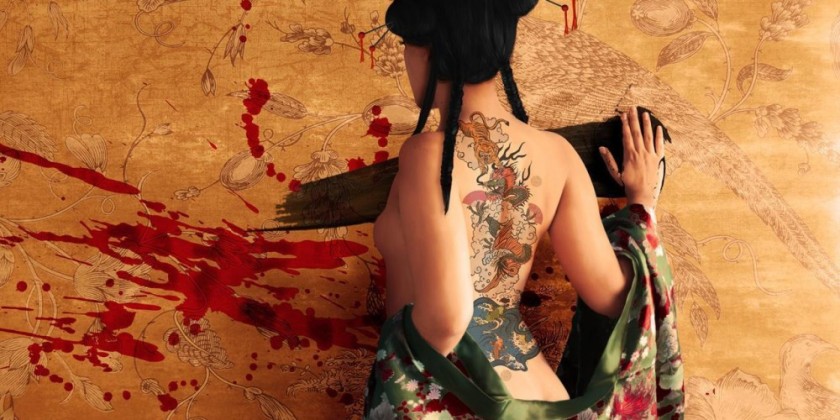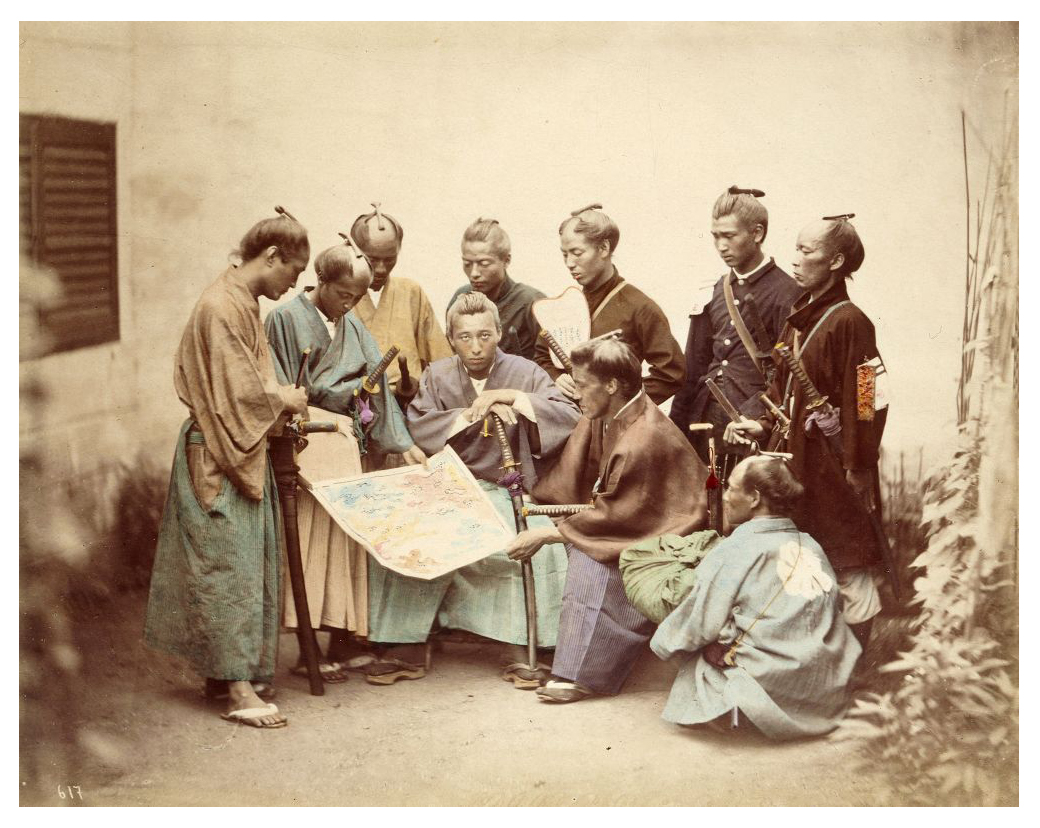The only thing you need to know about hiking in Japan is this: they have flush toilets, with heated seats, right on the trails.
Well that’s pretty good, yet wait, there is more. Here are nine other reasons:
1. World Class Hiking
Trails in Japan were designed more than a thousand years ago, when walking from town to town was a way of life.
2. World Heritage Pilgrimages, Trails and Multi-Day Hikes
The hiking guide books list a host of trails in the Japanese Alps. Many of these are highly rated. What the hiking guide books don’t delve into sufficiently deeply are the oldest trails in Japan, those of the three main pilgrimages in Japan:
- The 88 Temples of Shikoku, from the 9th Century.
- The Kumano Kodo, from the 10th Century, and
- The Nakasendo, dating officially from the 17th century, but probably far older.
Each of these has a unique charm, romance, and captures the special cultural essence of the local peoples, peoples that experienced prolonged periods of both isolationism, and amazing periods of economic, military, and industrial power.
Walking from small town to small town, staying in family owned inns, eating the local food, walking where the locals walk even today, this is the promise of Thru-hiking Japan.
3. Thru-Hiking is Fitness Immersion Experience
This is a not only a cultural immersion experience, it is an outdoor fitness immersion experience as well. Walking, hiking and forest immersion all benefit the mind and body.
The hiking is such that anyone reasonably fit can do it. If you can walk for two or three hours at a stretch, you can probably do all of these hikes comfortably.
Taking a break from hiking to see the local museums, temples, to take in cultural attractions, and to sample the local cuisine, breaks up the walking to manageable chunks for everyone.
4. No Backpack Required
Multi-day through hiking conjures images of carrying a tent, stove, food, sleeping bag, among other things. In the US, I spent a lot of money to hike into the wilderness. None of these are necessary in Japan.
In Japan, you can walk from one small, family owned inn to another, much as the Japanese would have done in the 17th and 18th Centuries. Most hotels serve meals, home cooked food from the local culture. Plus, you can throw your clothes in the washing machine if they are dirty, and wear the Yukata provided by the hotel to dinner.
5. Transportation: Best in the World
Public transport in Japan is provided in English. Besides that, they have the most efficient transport system in the world. Train will take you 90% of the way. The bus is available when necessary. All of them run to the minute.
6. It’s Affordable
Here is a sample budget for your two week trip
- Lodging; A room with dinner and breakfast will cost around $70 a night.
- Transportation: JR Rail Pass: $400.
- Other food, museum entrance fees, miscellaneous expenses: $50 a day.
Total around $2,100, plus airfare. Compared to your rent, a two week all expenses paid trip to Japan is a pretty good deal.
7. Weather is Moderate
One of the best kept secrets of Japan is there is little snow on the pacific ocean side. Sunny winters are the norm. The summers are humid, and so Japan is weather-accessible nine months of the year. Sorry, I don’t hike into humid summers.
8. Unique Japanese Culture
Japan is 98.5% ethnically Yamato. It is the largest and oldest ethnically pure country is this world. That which makes its culture unique is the charm of Japan. Lafcaido Hearn said it 120 years ago, still true today:
… the rare charm of Japanese life, so different from that of all other lands, is not to be found in its Europeanised circles. It is to be found among the great common people, who represent in Japan, as in all countries, the national virtues, and who still cling to their delightful old customs, their picturesque dresses, their Buddhist images, their household shrines, their beautiful and touching worship of ancestors.
— Glimpses Of Unfamiliar Japan by Patrick Lafcadio Hearn, first published in 1894
9. Japan has one of the lowest crime rates in the world.
Yes, it’s true.
10. Did I mention that Japan has the best cuisine in the world?
Japan has more Michelin Guide 3-Star restaurants than the rest of the world, combined.
So there you have it
Now that you know about thru-hiking in Japan, do you really want to carry a 50 lb pack, or dig a latrine in the middle of nowhere, or fight that finicky portable stove to heat up your crappy instant coffee in the middle of nowhere?
The hiking in Japan is some of the best in the world. Japan is covered 63% by forest, has a temperate climate, the best food in the world by many measures, low crime, polite people with a service mentality, and inexpensive yet comfortable lodgings.




















